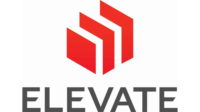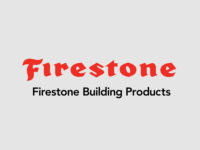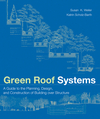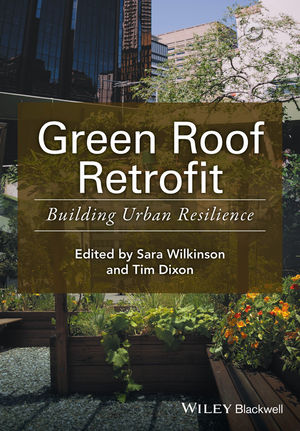MIDLAND, Mich. – Marking the first carbon mitigation project in North America under the Official Carbon Partnership between Dow and the International Olympic Committee (IOC), Dow recently announced its collaboration with Firestone Building Products.
The collaboration is supporting the creation of an energy modeling tool to accurately describe reductions in cost, energy and greenhouse gas (GHG) emissions of commercial structures that use innovative polyurethane roofing insulation from Firestone Building Products. This insulation, developed by Firestone and enabled by Dow’s polyurethane raw materials, addresses low-temperature thermal drift without compromising the other performance metrics.
“With cities growing at a rapid pace, it is paramount that we as an industry evaluate and implement innovative new materials to accelerate the adoption of solutions that mitigate greenhouse gas emissions in the infrastructure market segment,” said Dr. Nicoletta Piccolrovazzi, circular economy market director for Dow and global technology & sustainability director for Dow Olympic & Sports Solutions. “Firestone Building Products shares our vision, and enabled by the Dow-IOC Official Carbon Partnership, we’ve embarked on a mission that will empower architects, contractors and building owners to better identify energy saving solutions and improve decision-making, doing their part to create a low-carbon legacy.”
The new energy modeling tool – to be available on Firestone’s website in 2020 – is being developed by Oak Ridge National Laboratory (ORNL) with funding support from Dow. With this new tool, commercial architects, property owners, roofing consultants and construction companies can scenario-test the potential long-term reductions in whole-building energy use and the associated GHG emissions resulting from installation of the ISOGARD newly-formulated Firestone polyurethane foam roofing insulation. Use-phase building energy consumption is compared within the modeling tool to alternative roofing technologies, allowing for informed selection of material and amount of insulation. This ability to compare performance will be particularly valuable for cold climate zones of the United States and Canada, where temperatures drop below 40 degrees Fahrenheit and older polyurethane foam formulations experience a drop in their insulation performance.
“Partnering with Dow and working with ORNL to create a modeling tool will help to validate, quantify and reinforce Firestone’s commitment to sustainable building solutions,” said Taylor Cole, president, Firestone Building Products. “Sharing the tool on our website for everyone to use is just another way we’re working with industry partners to not only provide attainable solutions for our customers, but to also work together to do our part in reducing carbon emissions.”
The new whole-building energy modeling tool will be used to further promote and advance the adoption of Firestone’s ISOGARD roofing insulation, enabled by Dow polyurethane raw materials. ISOGARD foam is formulated to retain more of its R-value (insulating value) at temperatures below 40 degrees Fahrenheit compared to existing polyurethane foams. This formulation is designed to create tighter building envelopes and improve building energy efficiency, without changing the installation qualities—such as thickness, compressive strength, weight, and dimensional stability—of the roofing boards. The formulation is estimated to increase the R-value of the roofing material from 5.5 to 6.3 per inch when tested at 40 degrees Fahrenheit and lower. For commercial construction trade professionals, this translates to improved energy savings and can contribute to obtaining Leadership in Energy and Environmental Design (LEED) certification.
This agreement is the second of several anticipated joint efforts that will result from the Collaborative Blueprint for unlocking carbon reductions announced last year by Dow. The first agreement was signed in April with PETRONAS Chemicals Glycols. The Blueprint underpins the Dow-IOC Official Carbon Partnership, initiated in 2017 to balance the operational carbon footprint of the IOC, and encourages organizations outside the Olympic movement to adopt programs for reducing carbon emissions while catalyzing change across value chains.
For more information on Dow’s sustainability programs and the Dow-IOC Carbon Partnership, visit www.dow.com/en-us/sports/sustainability. For more information visit http://firestonebpco.com/.








